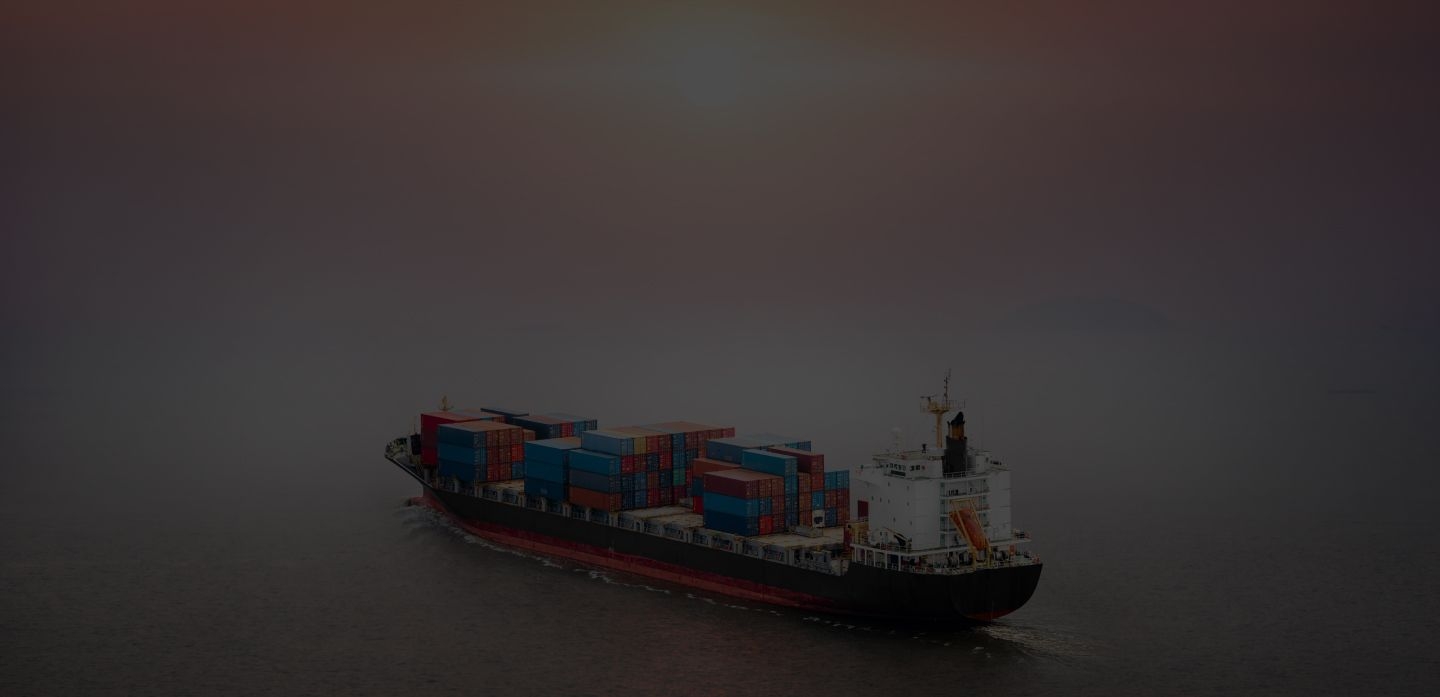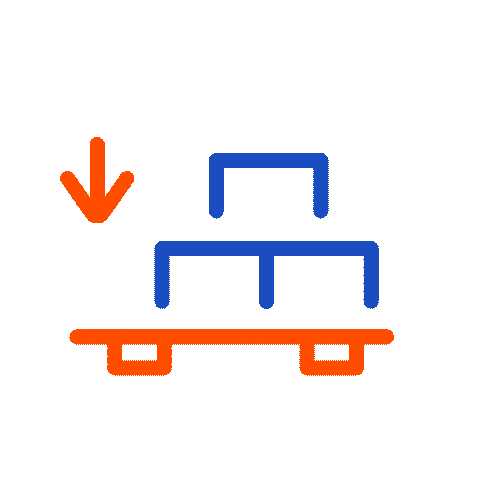
Container Shipping to Argentina — Get Instant Quotes



Why Choose iContainers for Shipping to Argentina?
Argentina’s economy blends huge agri-export volumes with steady demand for high-value manufactured imports, making logistics complex. iContainers streamlines every step with:
- Instant online FCL & LCL quotes and transparent pricing in USD or EUR
- In-platform guidance for mandatory SIMI import licensing and customs paperwork (allynintl.com)
- Direct and feeder sailings to Buenos Aires, Rosario & Bahía Blanca, plus 24/7 tracking
- Multilingual (Spanish / English) support and optional customs-brokerage services
Whether you’re moving Malbec wine, auto parts, or industrial machinery, our digital tools cut delays and hidden costs.
Our Container Shipping Services to Argentina
Full Container Load (FCL) Shipping
The majority of commercial cargo—wine, beef, soy derivatives, agricultural machinery—moves FCL to minimize per-unit costs. Choose 20’, 40’, 40’HC, or reefer equipment; we can pre-arrange port-health inspections for chilled goods.
Less than Container Load (LCL) Shipping
For shipments under 15 m³, weekly LCL consolidations cross the River Plate via Montevideo before short-sea transfer into Buenos Aires or upriver to Rosario—ideal for SMEs and sample cargo.
Popular mode: FCL dominates agri-bulk, while LCL is rising among fashion and electronics retailers.
Major ports & airport served: Puerto de Buenos Aires, Rosario, Bahía Blanca; urgent freight via Ezeiza International Airport (EZE) for 3- to 6-day door-to-door solutions.
Typical cargo: Wine, beef, soy meal, auto parts, industrial equipment.
Transit time examples:
- Valencia → Buenos Aires ≈ 25–35 days
- Shanghai → Buenos Aires ≈ 40–45 days
Country-specific challenge:
Import licensing via SIMI—submit at least ten days before ETA to avoid storage penalties. (allynintl.com)
Alternative option: Air freight from major hubs (PVG, MAD, MIA) into EZE for perishables or critical spares; typical transit 3–6 days door-to-door
Container shipping rates to Argentina
How much does it cost to ship a container to Argentina?
How Long Does It Take to Ship a Container to Argentina?
- Mediterranean → Argentina: ~25–35 days
- East Asia → Argentina: ~40–45 days (direct)
- U.S. East Coast → Argentina: ~18–25 days
Door-to-door timelines vary with inland haulage to hubs like Córdoba and Mendoza.
Popular Routes and Ports for Shipping to Argentina
Main loops call Buenos Aires first, with feeders upriver to Rosario (grain region) and coastal sailings to Bahía Blanca (petro-chemicals). Truck corridors extend into the Mercosur bloc (Brazil, Uruguay, Paraguay).
Steps to Book Your Container Shipment with iContainers
- Generate an instant quote.
- Upload commercial invoice, packing list, and SIMI data.
- Confirm booking and pay securely.
- Track milestones in real time.
- Clear customs (DIY or via our broker).
- Arrange final-mile delivery to warehouse or free zone.
What Can You Ship in a Container to Argentina?
Common Commodities
- Wine
- Frozen beef
- Soy products
- Industrial equipment
- Auto parts
- Consumer electronics
Restricted or Prohibited Goods
Used clothing, firearms without permits, perishables lacking SENASA certificates, counterfeit brands, hazardous chemicals without ANMAT approval.
Main ports in Argentina
FAQs About Shipping Containers to Argentina
Use our instant quote tool—prices include ocean freight, BAF, and terminal handling.
Loads < 15 m³ generally move most economically via LCL consolidation.
Not legally, but strongly advised—add door-to-door coverage at checkout.
Begin at least two weeks before the vessel’s ETA to avoid demurrage.